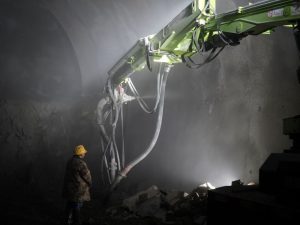"Concreting equipment" refers to machines and tools used in the process of mixing, transporting, placing, compacting, and finishing concrete in construction projects. These machines are essential for achieving efficiency, uniformity, and quality in concrete work.

Here’s an overview of some common types of concrete equipment:
1. Concrete Mixers: These machines can be portable, towable, or truck-mounted. They range from manual to electric, diesel, or gasoline-powered.
2. Concrete Pumps: Used to transport liquid concrete through pipelines over long distances, making it easier to reach hard-to-access areas on construction sites.
3. Concrete Trucks (Transit Mixers): Vehicles equipped with a rotating drum that keeps the concrete mixed during transportation to ensure its workability upon arrival at the site.
4. Concrete Placers: Machines like crane buckets and conveyor belts help place concrete in specific locations, often at considerable heights or lengths.
5. Trowels and Finishing Tools: Handheld or ride-on power trowels are used to finish and smooth the surface of poured concrete, providing a professional look.
6. Concrete Cutters and Saws: Designed to cut hardened concrete for renovation, repair, or demolition purposes.
7. Curing Equipment: Includes foggers, blankets, and chemicals applied to freshly laid concrete to maintain proper moisture levels during the curing phase.
8. Vibrators: Used to remove air bubbles and consolidate concrete to achieve higher density and strength.
Each piece of concrete equipment plays a crucial role in ensuring that concrete is properly handled, placed, and finished, contributing to the durability, strength, and aesthetic appeal of any concrete structure.




